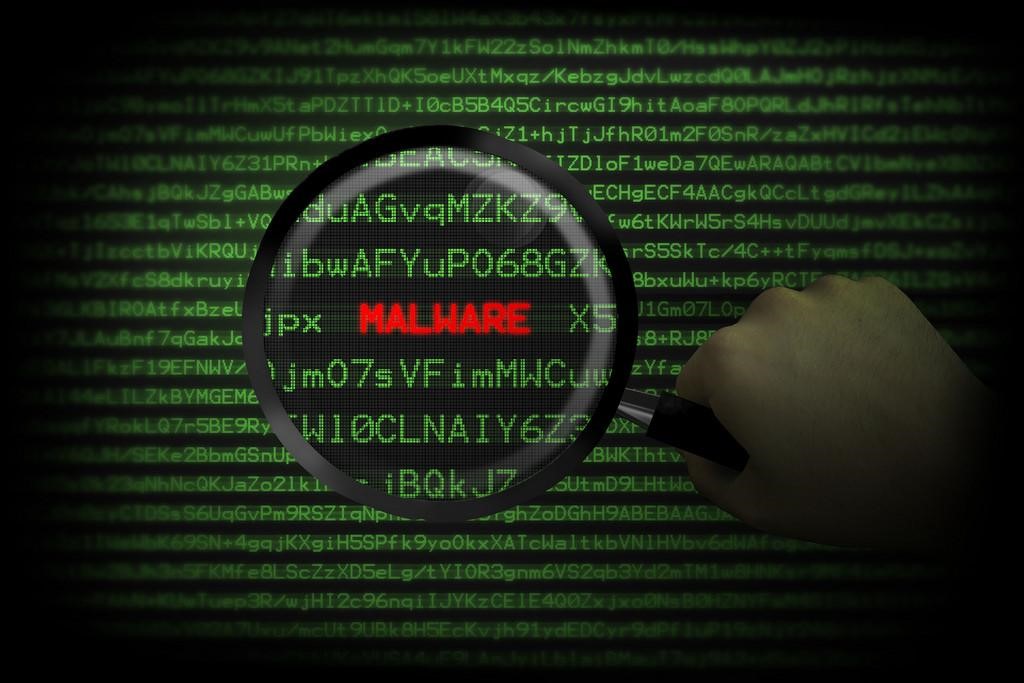By Heather Hamilton, contributing writer

This weekend’s malware attack, referred to as WannaCry, was quickly thwarted — at least for now. PC Mag reports that a researcher located in the U.K. who calls himself Malware Tech noticed that the ransomware queried an unregistered domain, so he quickly registered it.
While he stopped the malicious attacks by accident, Malware Tech — IT expert Marcus Hutchins — writes in his blog, “My job is to look for ways that we can track and potentially stop botnets (and other kinds of malware), so I’m always on the lookout to pick up unregistered malware control server (C2) domains. In fact, I registered several thousand of such domains in the past year.” The domain purchase created a kind of sinkhole and effectively killed the ransomware.
Malware Tech, who is only 22, according to The Next Web, believes that this isn’t the last of WannaCry. In an interview with the BBC, he said, “We have stopped this one, but there will be another one coming, and it will not be stoppable by us. There’s a lot of money in this. There’s no reason for them to stop. It’s not really much effort for them to change the code and then start over. So there’s a good chance they are going to do it … maybe not this weekend, but quite likely on Monday morning.”
Over the weekend, several variations occurred, though they also contained a domain registering activated killswitch. Chances are, this will be taken care of shortly either by the original hackers or by copycats.
So how can businesses and consumers protect their machines?
Microsoft says that it is the responsibility of countries and companies to fight these attacks, particularly when they affect people across the globe. President and Chief Legal Officer, Brad Smith, also reminds consumers to download appropriate patches — the exploit that WannaCry used was patched over two months ago.
Smith writes, “We’ll assess this attack, ask what lessons we can learn, and apply these to strengthen our capabilities. Working through our Microsoft Threat Intelligence Center (MSTIC) and Digital Crimes Unit, we’ll also share what we learn with law enforcement agencies, governments, and other customers around the world.”
Microsoft has released a patch for older Windows systems, since many of the targeted machines were impacted based on the fact that the patch was not formerly available for them. Smith believes that the attack demonstrates the way in which cybersecurity is a shared responsibility between companies and consumers, and security should be considered throughout the legacy chain.
If there’s one thing that WannaCry can teach us, it’s that forced obsolescence places everyone at risk that continues to rely on the older product. It’s unrealistic to think that all segments of consumers can upgrade to the latest product at the beck and call of the producer. So long as older products remain in circulation, connecting to the same networks as everyone else, the responsibility of patching security protocols remains with the product designer.
How can users protect their machines?
So, what might you, a non-enterprise user, do to protect yourself? The same thing we always do: Patch your operating system. Download the latest Windows updates and begin practicing more caution in your online activities. Avoid attachments and links sent via email without context — even if they’re from someone who seems familiar. Even then, right-click and scan the links for strange behavior. Right-click and double-check the actual address lurking behind the hyperlink’s text, and obviously don’t open anything that you aren’t expecting or that seems suspicious.
Smith believes that governments should remain vigilant in light of these attacks. “They need to take a different approach and adhere in cyberspace to the same rules applied to weapons in the physical world. We need governments to consider the damage to civilians that comes from hoarding these vulnerabilities and the use of these exploits.” He later goes on, “We should take from this recent attack a renewed determination for more urgent collective action. We need the tech sector, customers, and governments to work together to protect against cybersecurity attacks. More action is needed, and it’s needed now. In this sense, the WannaCry attack is a wake-up call for all of us. We recognize our responsibility to help answer this call, and Microsoft is committed to doing its part.”
Sources: PC Mag, Malware Tech, The Next Web, BBC, Microsoft
Image Source: Flickr
Advertisement
Learn more about Electronic Products Magazine





